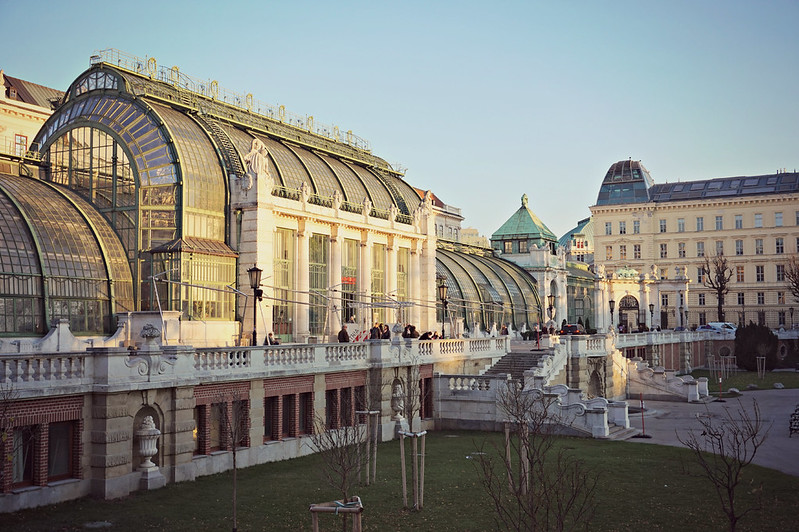
De passagem para o centro da cidade encontrámos o Burggarten, o jardim que está junto ao Palácio de Hofburg construído no século XIX pelos Habsburgo era nessa altura conhecido como o Jardim do Imperador (Kaisergarten), o seu uso era privado e exclusivo para a familia real até que em 1919 foi aberto ao público.
Passing through to the city center we found the Burggarten, the garden that is by the Hofburg Palace built in the nineteenth century by the Habsburg family was then known as the Emperor's Garden (Kaisergarten), its use was private and exclusive to the royal family until in 1919 it was open to the public.
Passing through to the city center we found the Burggarten, the garden that is by the Hofburg Palace built in the nineteenth century by the Habsburg family was then known as the Emperor's Garden (Kaisergarten), its use was private and exclusive to the royal family until in 1919 it was open to the public.
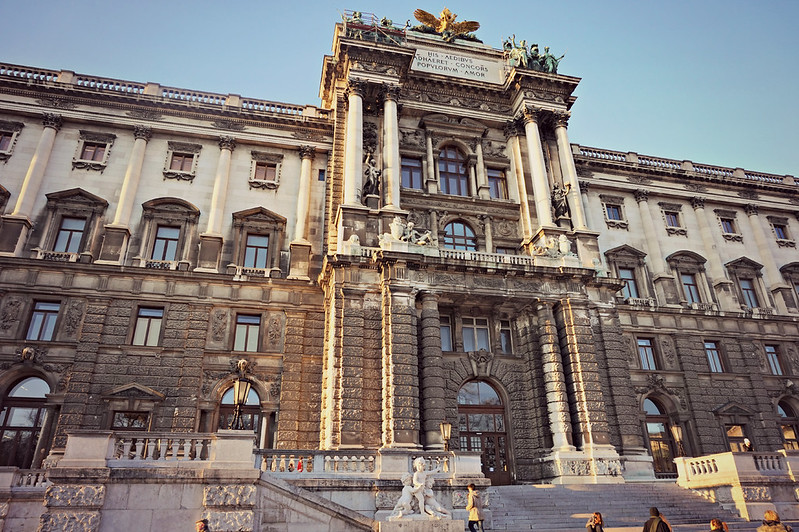
Duas estátuas fazem com que a visita a este parque seja obrigatória, a primeira dedicada a Mozart que se vê rodeado de canteiros de flores em forma de notas musicais e a segunda do Imperador Francisco José I que utilizava este jardim. O que mais aproveitámos deste parque foi a estufa das palmeiras - a Palmenhaus - uma construção de estilo Art Noveau e onde aproveitámos para tomar uma cerveja antes de ir jantar. É um café restaurante agradável com bastante luz.
Two statues make the visit to this park mandatory, the first dedicated to Mozart that is seen surrounded by flower beds in the shape of musical notes and the second of Emperor Franz Joseph who used this garden. But what we enjoyed the most was the palm trees greenhouse - the Palmenhaus - a stylish Art Nouveau building and where we took the opportunity to have a beer before going to dinner. It's a nice cafe restaurant with plenty of light.
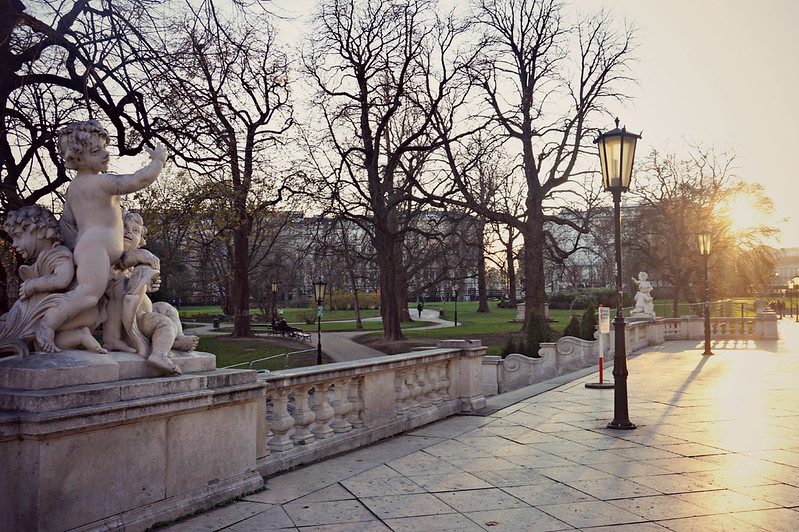
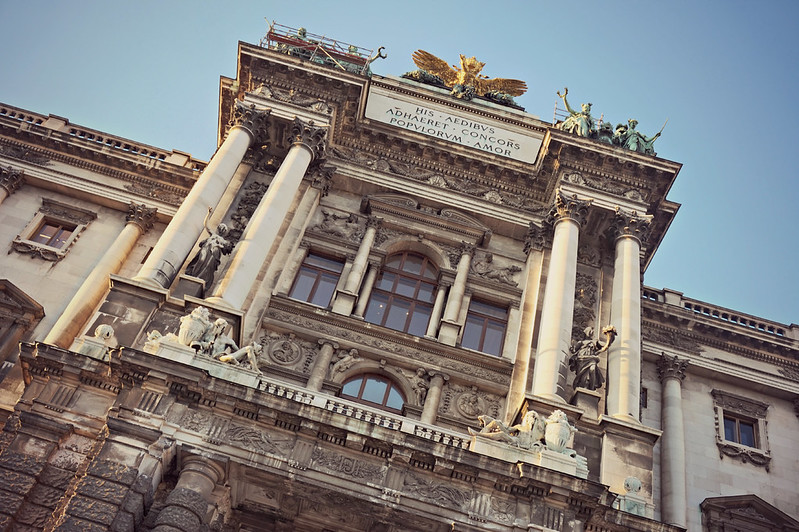
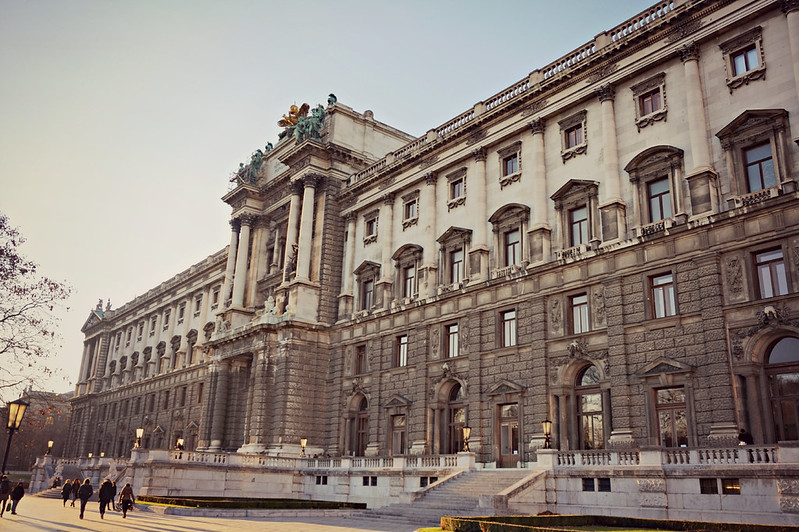
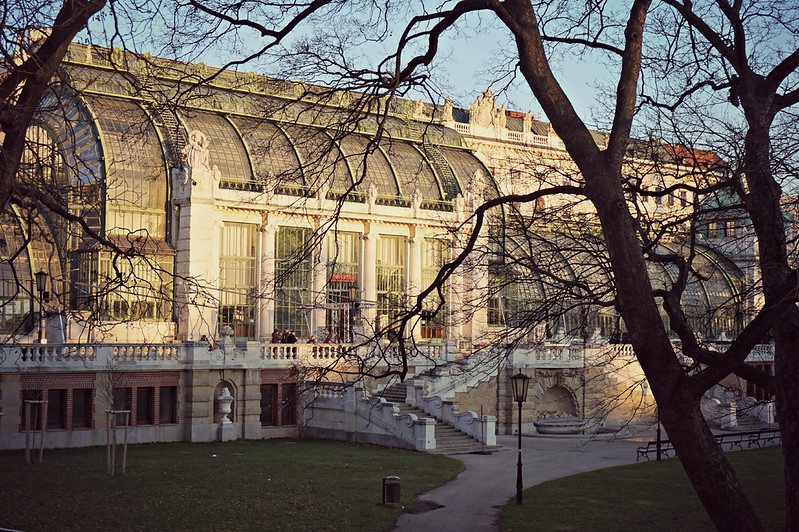
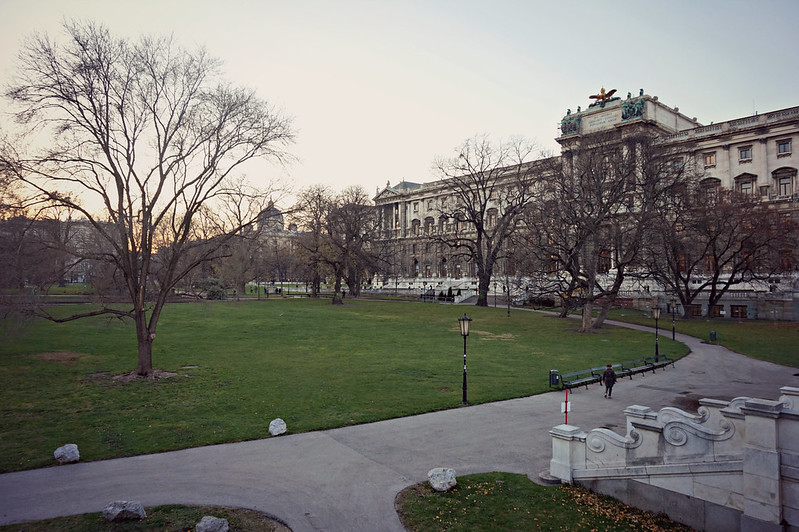
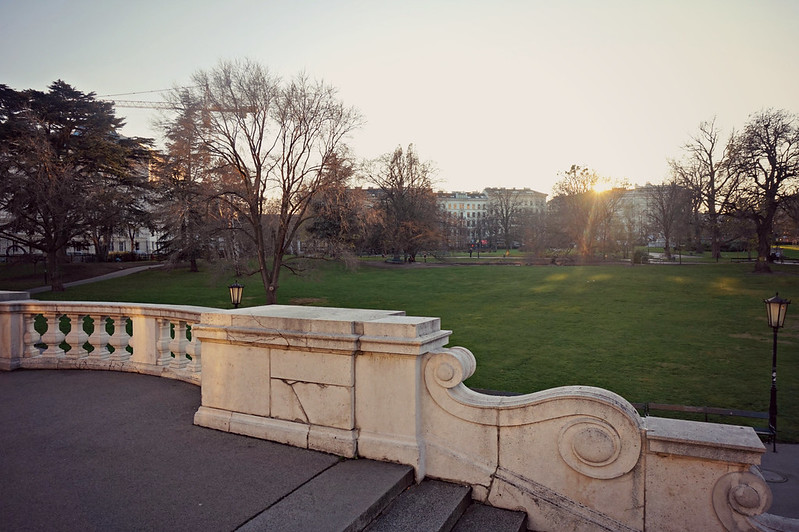


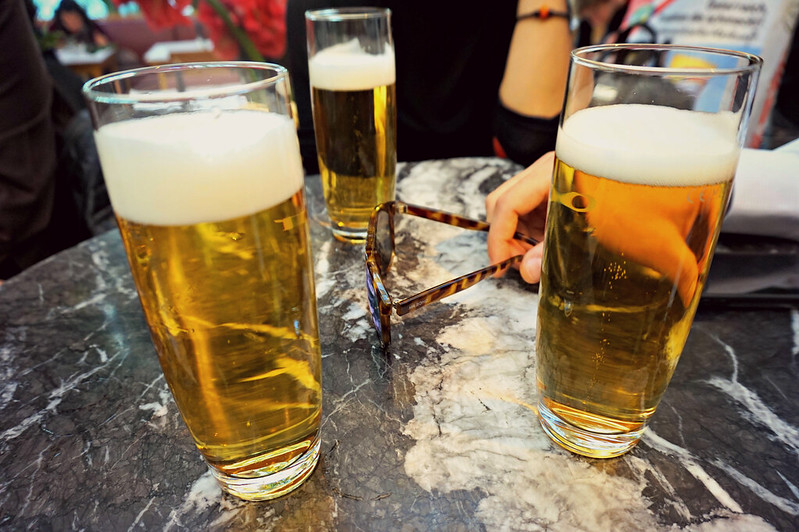
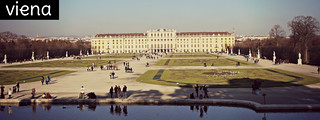
Sem comentários:
Enviar um comentário